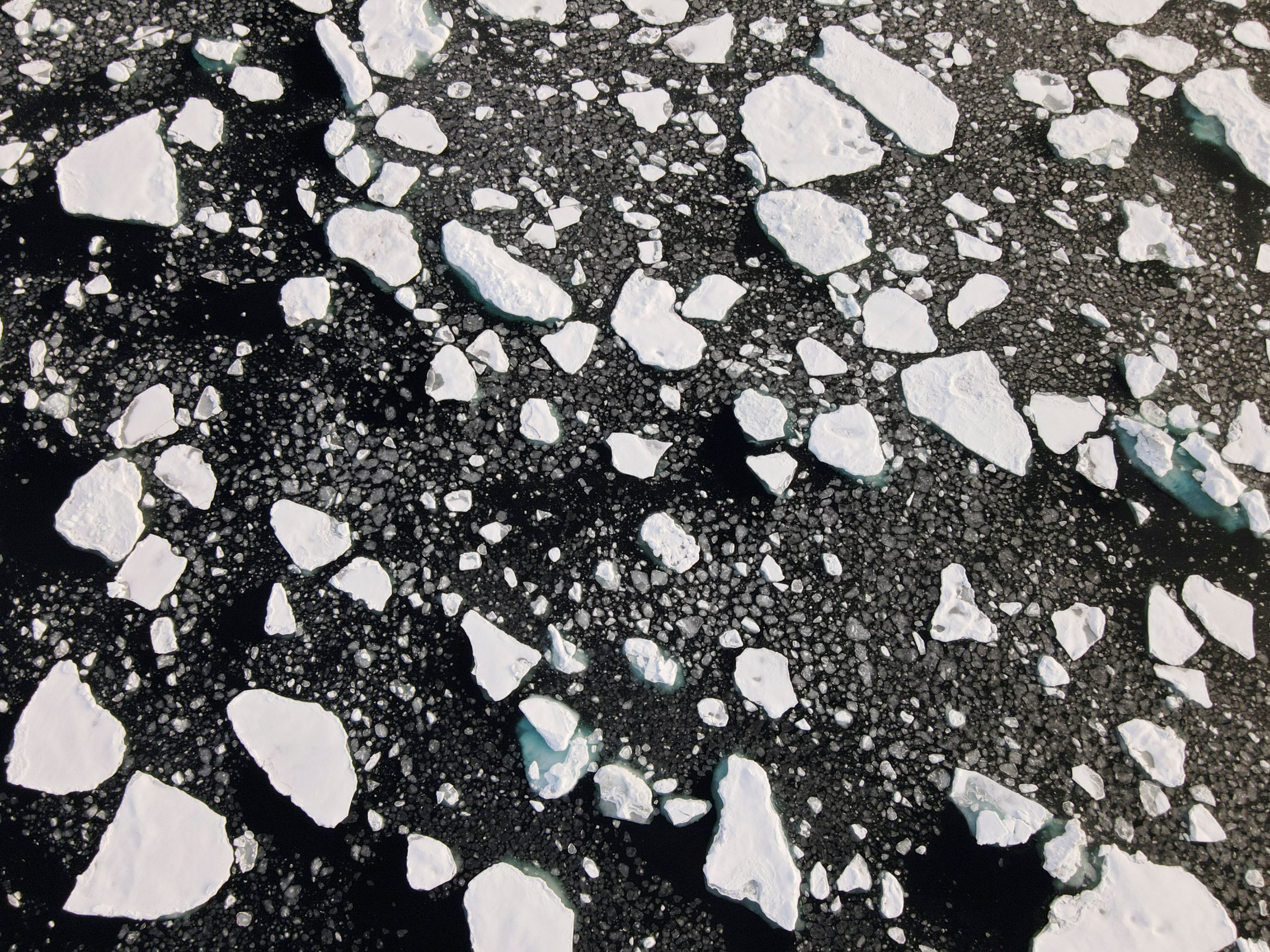How Barents Sea ice loss contributed to extreme winter conditions in Europe
As much as 88 percent of the snow that fell during 2018's "Beast from the East" storm came from the open waters of the Barents Sea.

The dramatic loss of ice in the Barents Sea in the European Arctic has had created profound changes in the marine ecosystem there and triggered a process called “Atlantification” — the transformation of the once ice-dominated sea into an extension of the open Atlantic — changing habitats for marine mammals and seabirds.
And now there is evidence that the warming Barents Sea water is triggering extreme winter weather in Europe.
Isotope analysis of water vapor found that Barents Sea water was directly responsible for a severe 2018 storm dubbed the “Beast from the East,” a newly published study has found.
That storm system, with record-breaking blizzards and cold, struck the British Isles and western Europe in late February and early March of that year, snarling traffic, closing schools and businesses and causing widespread disruptions.
The new study found that about 140 gigatons of vapor came from evaporation from a Barents Sea that is no longer reliably frozen in winter, making up as much as 88 percent of the snow that fell during the storm.
The chemical fingerprint of the water’s oxygen and hydrogen molecules, as captured at a meteorological station in northern Finland, tied the snow directly to the Barents, the study said.
A lack of sea ice set up conditions for the massive snow dumps, said Jeff Welker of the University of Alaska Anchorage and Finland’s University of Oulu, one of the co-authors.
“That pattern is air moves over what’s now an open-water Barents Sea,” he said. “When that cold air moves over that open water, there’s that major evaporation that occurs.”
The findings show the complexities of Arctic climate change, lead author Hannah Bailey, also of the University of Oulu, said in a statement.
“What we’re finding is that sea ice is effectively a lid on the ocean. And with its long-term reduction across the Arctic, we’re seeing increasing amounts of moisture enter the atmosphere during winter, which directly impacts our weather further south, causing extreme heavy snowfalls. It might seem counter-intuitive, but nature is complex and what happens in the Arctic doesn’t stay in the Arctic,” Bailey said in the statement, released by another institution involved in the study, The University of Tromsø – The Arctic University of Norway.
Expect more such beasts in the future, the study warns.
“Our analysis directly links Arctic sea ice loss with increased evaporation and extreme snowfall, and signifies that by 2080, an Atlantified ice-free Barents Sea will be a major source of winter moisture for continental Europe,” it said.
Around the circumpolar North, the Barents stands out as an area of rapid change, the study said. Maximum winter sea ice cover has decreased by 54 percent since satellite records began in 1979, it said.
That has implications beyond European weather, Welker said.
“The Barents region of the Arctic has the largest sea ice changes or any part of the north over the last 20, 30 years,” Welker said. “The Barents region is a real climatic, oceanographic, geopolitical hotspot.”
Among the spinoff impacts of ice loss in the Arctic, he said, were the voyages made this past winter by Russian tankers carrying liquefied natural gas across the Northern Sea Route and through the Bering Strait, unprecedented for that time of year.
Across the Arctic, the Bering Sea, which links the Arctic Ocean to the Pacific just as the Barents links it to the Atlantic, has shown a similar pattern of open water and heavy precipitation on land, Welker said.
Climate scientist Rick Thoman of the Alaska Center for Climate Assessment and Policy at the University of Alaska Fairbanks said the evidence is seen in northwestern Alaska
“For the southern Seward Peninsula, this is the fourth spring in a row that has been near-record wet,” said Thoman, who was not involved in the Barents study.
For Nome, which has 110 years of weather records, the last four years are among the top for precipitation, he said. In some cases, that spring precipitation has been rain, not snow, he said.
This spring, the region was hit with blizzard conditions so fierce that they created life-threatening conditions during a sled-dog race, the Kobuk 440, and brought it to a near-standstill.